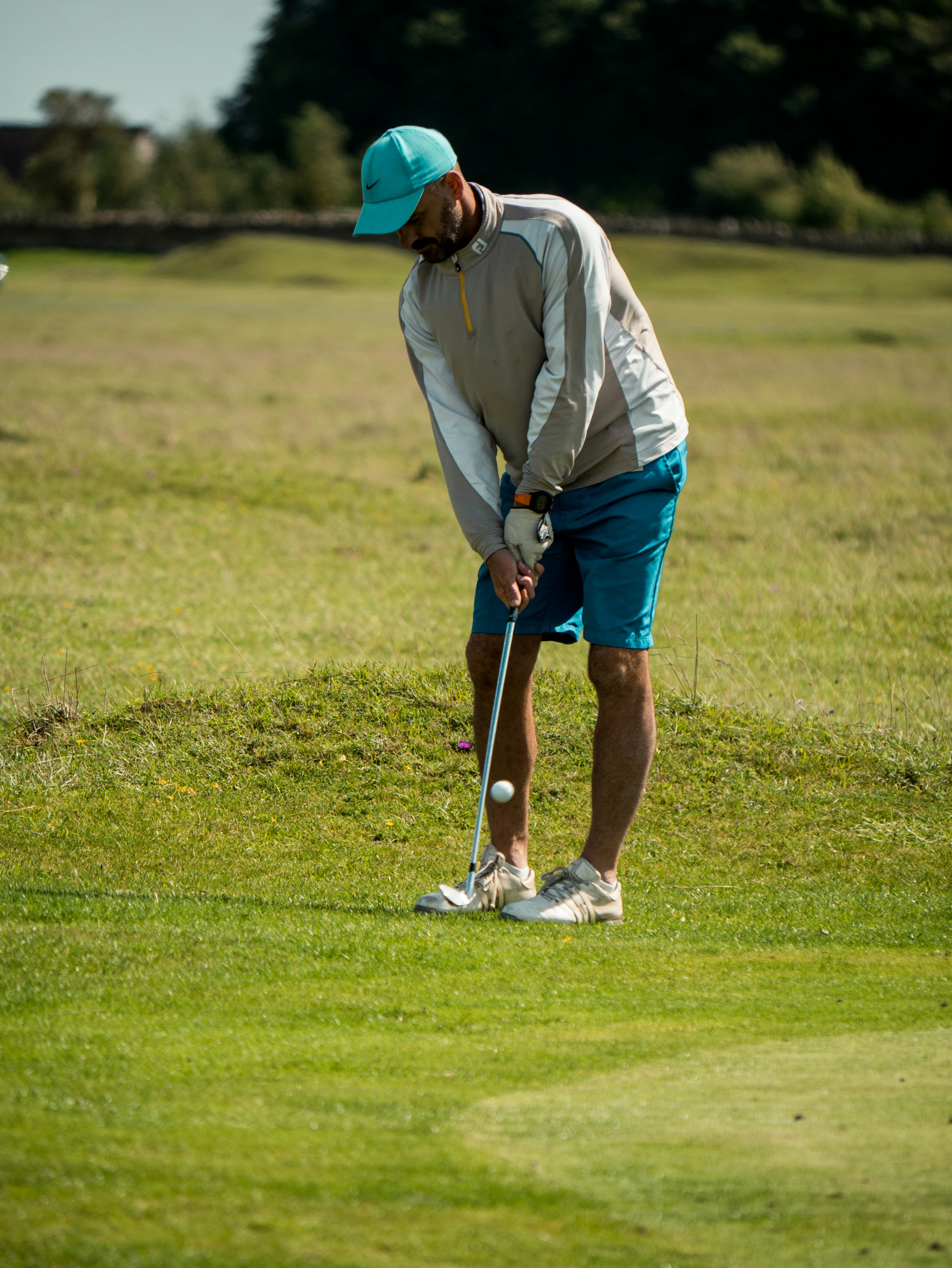 Photo by Courtney Cook on Unsplash
Photo by Courtney Cook on Unsplash Playing golf is a challenging sport that requires a combination of skill, technique, and strategy. While mastering the mechanics of the golf swing is important, there is another crucial element that can greatly enhance your game – feeling the shot.
Feeling the shot is all about connecting with the golf ball on a deeper level. It involves being fully present in the moment and using your senses to gauge the power, trajectory, and direction of your shot. When you can feel the shot, you have a better understanding of how to execute it effectively.
One of the reasons feeling the shot is so important is because it helps you develop a sense of rhythm and timing. Golf is a game of precision, and being able to feel the shot allows you to sync your body movements with the club’s movement, resulting in a more fluid and controlled swing.
Another benefit of feeling the shot is that it helps you make better decisions on the course. By tuning into your instincts and trusting your feel, you can assess the conditions, visualize the shot, and select the appropriate club and strategy. This level of intuition and awareness can greatly improve your shot selection and overall performance.
Feeling the shot also allows you to adapt to different situations and overcome challenges. Golf is an outdoor sport, and conditions can change from one hole to the next. By feeling the shot, you can adjust your swing and technique to account for factors such as wind, slope, and hazards. This adaptability is crucial for success on the course.
So, how can you develop the ability to feel the shot? One way is through practice and repetition. By hitting a variety of shots and paying attention to the feedback from your body and senses, you can start to develop a deeper connection with your shots. Focus on the feeling of impact, the sound of the ball, and the sensation in your hands and body.
Mental visualization is another powerful tool for feeling the shot. Before each shot, take a moment to visualize the trajectory and outcome you desire. Imagine the feeling of a perfect swing and the satisfaction of seeing the ball land exactly where you want it to. This mental imagery can help you connect with the shot on a subconscious level.
Lastly, it’s important to trust your instincts and let go of overthinking. When you’re on the course, it’s easy to get caught up in technical thoughts and analysis. While technique is important, it should be integrated into your feel rather than dominating it. Trust your body’s natural ability to execute the shot and focus on the feeling rather than the mechanics.
In conclusion, feeling the shot is a crucial aspect of playing golf. By connecting with the ball on a deeper level and using your senses to gauge the shot, you can improve your rhythm, make better decisions, adapt to different conditions, and ultimately enhance your overall performance on the course. So, the next time you step up to the tee, remember to feel the shot and let your instincts guide you to success.
RELATED POSTS
View all

